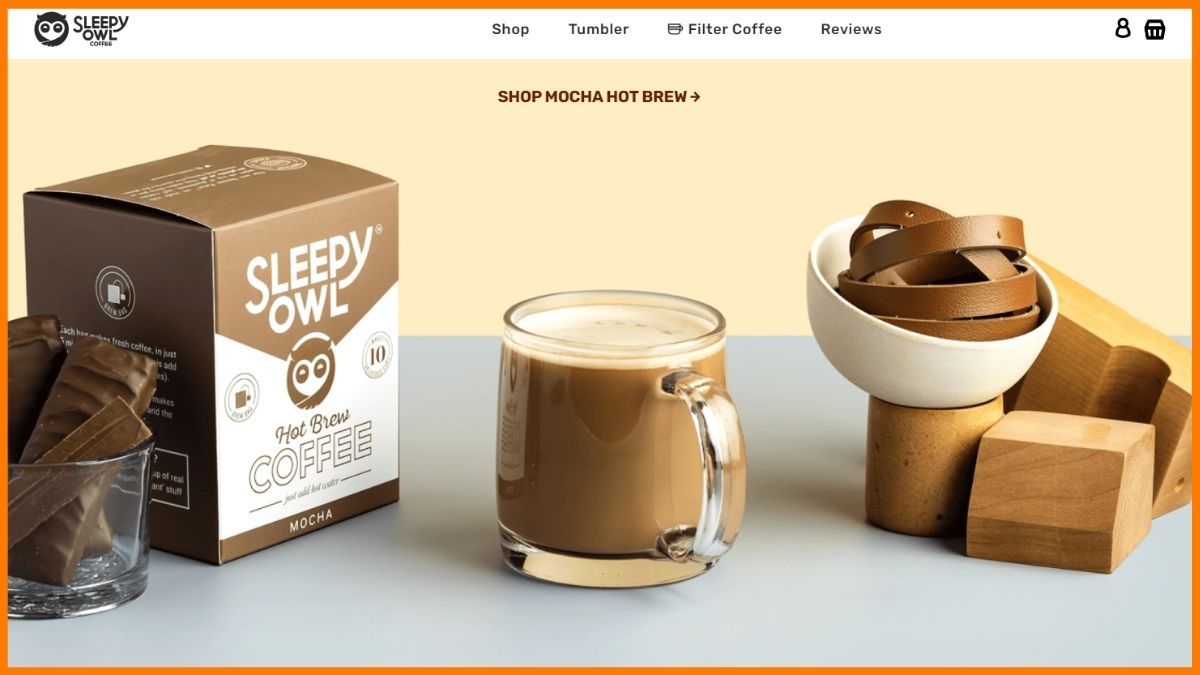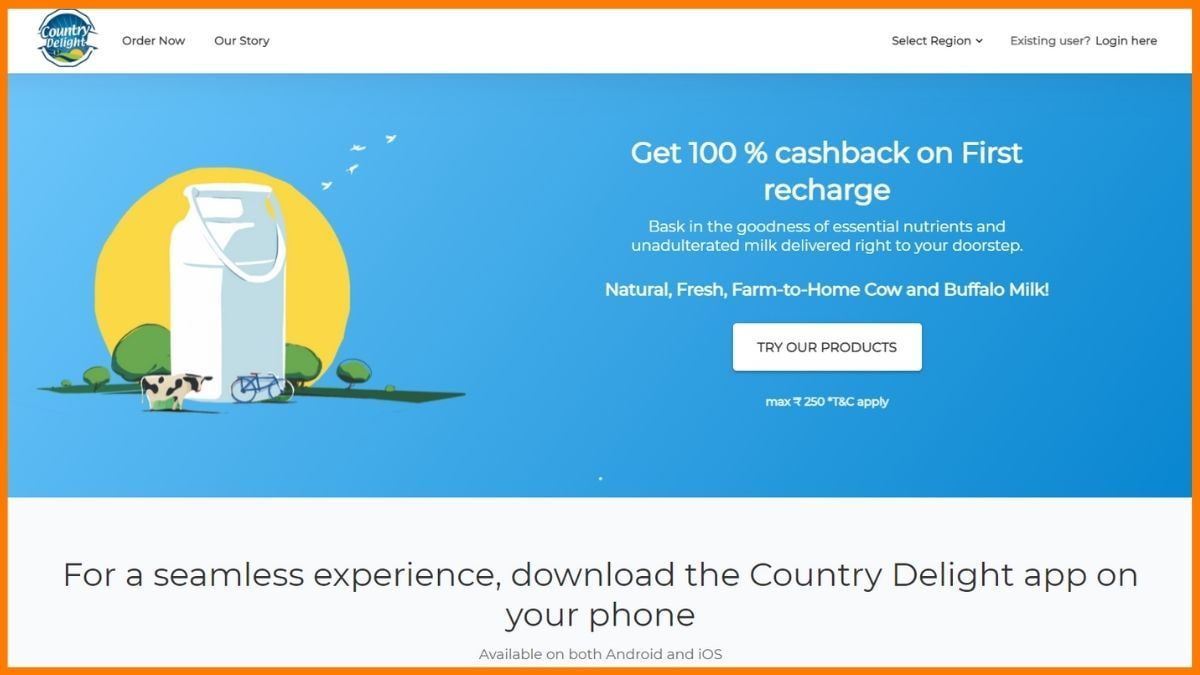With growing internet penetration and disposable incomes, the people of India are experiencing a massive change in their shopping habits. People from all fronts are using their smartphones to buy products and items. With the big three — Amazon, Walmart, and Alibaba, entering the Ecommerce sector of India, the market is slowly maturing and expanding its footprint to the most remote locations across the country. This market for Ecommerce in India is further estimated to witness another transformation with the spread of the all-new ONDC concept that is still new in its approach and promises to make ground-breaking changes.
According to an analysis, the Ecommerce Industry in India grew from 4% of the total population in 2007 to around 40% in 2017, clearly indicating the rise of the internet era in the world’s fastest-growing economy. The growth of the Ecommerce market in India is expected to further be registered at around $188 billion by 2025. This industry would again rise to reach $350 billion by 2030, as per the latest statistical reports. This internet boom is directly proportional to the emergence of Ecommerce in India and other internet-based domains.
This post analyzes the current scenario and the future of Ecommerce in India.
Ecommerce Industry In India
Growth Of Amazon In India
Growth Of Flipkart In India
Other Ecommerce Players In India
Ecommerce Industry In India

This success story started in 2007 with the inception of India’s most successful startup, Flipkart. Initially, companies found it tough to encourage people to shop online but with advancing technology, logistics, and payment methods supported by various offers and sales, people slowly drifted to this convenient mode of online shopping. Internet penetration and easily available data, fuelled by the low costs were and continue to be the most prominent factors encouraging this trend.
Ecommerce in India is expected to touch $200 billion by 2025 from the figure of around $40 billion in 2017. The internet economy, on the other hand, is expected to hit $1 trillion by 2030, majorly riding on the Ecommerce wave. Seeing this potential, Amazon, Walmart, and Alibaba started heavily investing in India and building a strong presence. Various domestic players like Snapdeal, Shopclues, Infibeam, etc. are also a part of this organized and exponentially growing Ecommerce segment in India. Though some of them might not be standing tall enough at the present moment, they always have a chance to bounce back though. Also, as a result of the domain of Ecommerce being broad enough to nourish many other subdomains, the Indian ecosystem of Ecommerce has seen the growth of both men and successful women entrepreneurs, with many more opportunities ahead.
Growth Of Amazon In India

Amazon expanded its footprints in India by promising to invest $5 billion, and until now it has pumped in more than $6.5 billion. These investments are being used for expanding its portfolio by bringing various sellers onto its platform, building and leasing warehouses for storage, improving logistics, offering heavy discounts to acquire new customers, and foraying into new verticals like grocery and payments wallet.
In 2017, Amazon’s founder Jeff Bezos stated that Amazon’s app was the most downloaded shopping app in India. Moreover, the company’s loyalty program—Amazon prime—was adopted in India at a much faster rate than in any other country. Its international losses as of April 2018 were $622 million and the revenue was $14.08 billion, whereas a year back the figures were, $481 million and $11.06 billion respectively. Amazon.com had $469.80 billion in revenue in 2021. Amazon is also focusing on improving its smart AI-based speaker, Amazon Echo. Alexa, Amazon’s voice-controlled personal assistant, is being trained to understand and focus on the Indian dialect and vernacular languages.
Amazon now has options for Hindi, Tamil, Telegu, Kannada, Malayalam, Bengali, and Marathi on its website and app to conquer customers from tier-2, tier-3, and rural areas where English is not widely used or taught. With a growing focus on improving customer service through setting up various fulfillment centers and faster logistics, Amazon is working to counter its local competitor Flipkart which was bought by Walmart and Paytm Mall. It is going to provide drone-based delivery very soon. With its increasing investments despite heavy losses, Amazon strongly believes that today’s investment of Re 1 will yield returns of Rs 100 tomorrow.

Growth Of Flipkart In India

On the other hand, Flipkart is a successful domestic Ecommerce player in India. Initially, it had its share of struggles in bringing sellers and buyers on its platform while dealing with the challenges of logistics and maintenance of warehouses. But with grit and hard work, Flipkart has been successful in bringing a revolution that changed the face of the startup ecosystem in India.
It was the first Ecommerce company to introduce the system of cash on delivery, being mindful of the reluctance people faced while using their cards online. It also accomplished the task of setting up its own logistics unit, Ekart, along with various warehouses for storage and faster deliveries. Just like Amazon, Flipkart’s founders also started their startup by selling books online and slowly scaled their startup to various segments. It has also acquired various startups like Myntra and Jabong in the fashion segment, and PhonePe to delve into the mobile wallet industry. As of FY2017, it held around 45% of the total market in India, with losses of about Rs 8771 crores and revenue rising by 29% to Rs 19,854 crores. Though the market share figures changed slightly, Flipkart still maintained a lead over its counterpart Amazon in terms of market share, which was reported to hold 31.9% market share over the US-based Amazon, which held 31.2% of the market share in 2020.
Flipkart also launched its smartphone segment under the name ‘billion’, and also forayed into the electronics segment under the name MarQ. It is even venturing into the untapped potential behind the furniture segment. The basic reason behind launching an in-house brand is to attain profitability; many experts say that in-house brands will ultimately become the backbone of Ecommerce. Success was not easy for Flipkart. Ideas like trying to turn Flipkart into a mobile app completely didn’t go down with customers, and there were other failure stories as well.
Flipkart was acquired by the American-based supermarket giant Walmart for $16 billion in 2018. This led to a growth in Flipkart’s valuation, which reached $21 billion. This deal was a win-win situation for both as Walmart got a 77% stake in expanding itself into the world’s new Ecommerce battleground, and Flipkart got ammunition in the form of investment and equity to counter Amazon. It eventually began to launch numerous programs like the loyalty program, and Flipkart Plus, where users are provided with free delivery and points. It also has a Flipkart affiliate program where you can become a partner and earn money. These points can be further used to redeem offers on platforms like Bookmyshow, Zomato, Hotstar, etc.
Flipkart launched its refurbished marketplace, 2gud.com, after parting ways with eBay India. With the competition getting tougher every day accompanied by growing market size, it remains to be seen whether Flipkart will be able to maintain its supremacy. No matter what, Indians will always be proud of Flipkart as it changed the way for the average Indian shop.

Other Ecommerce Players In India
The third dimension of Ecommerce in India is Paytm Mall and other small players. After the fall of Snapdeal, Paytm Mall (started in 2017) was quick enough to conquer the third spot in the industry. Focusing on its Online to Offline model (O2O model), which allowed consumers to avail of online discounts and offers in Offline partner stores, it established a niche in this particular segment.
Alibaba and Soft Bank invested $356 million in the company. Alibaba took a stake of 28.34% and Soft Bank 19.86%. After this valuation of the company reached $2 billion. It reported annual gross sales worth around $3.5 billion in FY18 and earned operating revenues of $102.97 million in FY19. It reported $34.72 million in revenue from operations and a $17.48 million loss in FY22.
Short-term visions, lack of experience, and strategic setbacks led to the fall of the company. Alibaba and Ant Financial sold their stake at just $5.17 million and backed out of the company. According to reports, its valuation dropped from $3 billion to $13 million in March 2022. Paytm Mall can make a comeback through ONDC.
Another small and promising player was Shopclues, which had been successful in attracting customers from Tier-3 and Tier-4 towns, clearly indicating its difference in thinking from Flipkart and Amazon. It consisted of various small sellers on its platform, selling quality goods at a cheaper price. This business model attracted people from various rural areas who had low disposable incomes compared to their urban counterparts. According to a ROC 2018 filing, it was revealed that Shopclues’ revenue increased by 60% to Rs 180.3 crores, and losses came down by a massive 40% to Rs 332.65 crores. It also hinted at profitability in the coming quarters. However, the promising unicorn, which turned the fourth Indian unicorn startup in January 2016, led by Radhika Ghai Aggarwal and Sandeep Aggarwal, headed only towards nothing.
Conclusion
Many people from the industry feel that the current Ecommerce ecosystem in India (consisting of both the marketplace and inventory type) is less than 5% of its actual potential. With this industry growing exponentially, many small and big players feel that there are more horizontals and verticals which are yet to be explored and organized. Myntra, IndiaMart and Nykaa are among the fastest-growing Ecommerce players in India. The Ecommerce segment will be imperative in pumping up the Indian economy and boosting employment rates.
FAQs
What is the future of Ecommerce in India?
As per predictions, the Indian Ecommerce market will increase by 21.5%, reaching $74.8 billion in 2022, and it will reach $350 billion by 2030.
What is the present scenario of Ecommerce in India?
Ecommerce has transformed the way business is done in India. The Indian Ecommerce market is expected to grow to US$ 200 billion by 2026 from US$ 38.5 billion as of 2017. Much of the growth for the industry has been triggered by an increase in internet and smartphone penetration.
What is the market share of Ecommerce in India?
Growing at an exponential rate, the market value of the Ecommerce industry in India is approximately $88 billion in 2022.
Which is the biggest Ecommerce company in India?
Amazon India is the biggest Ecommerce company in India.
What are examples of the Ecommerce industry?
- Amazon
- Flipkart
- Snapdeal
- Myntra
- Shopify
- Nykaa
- Alibaba Group










































